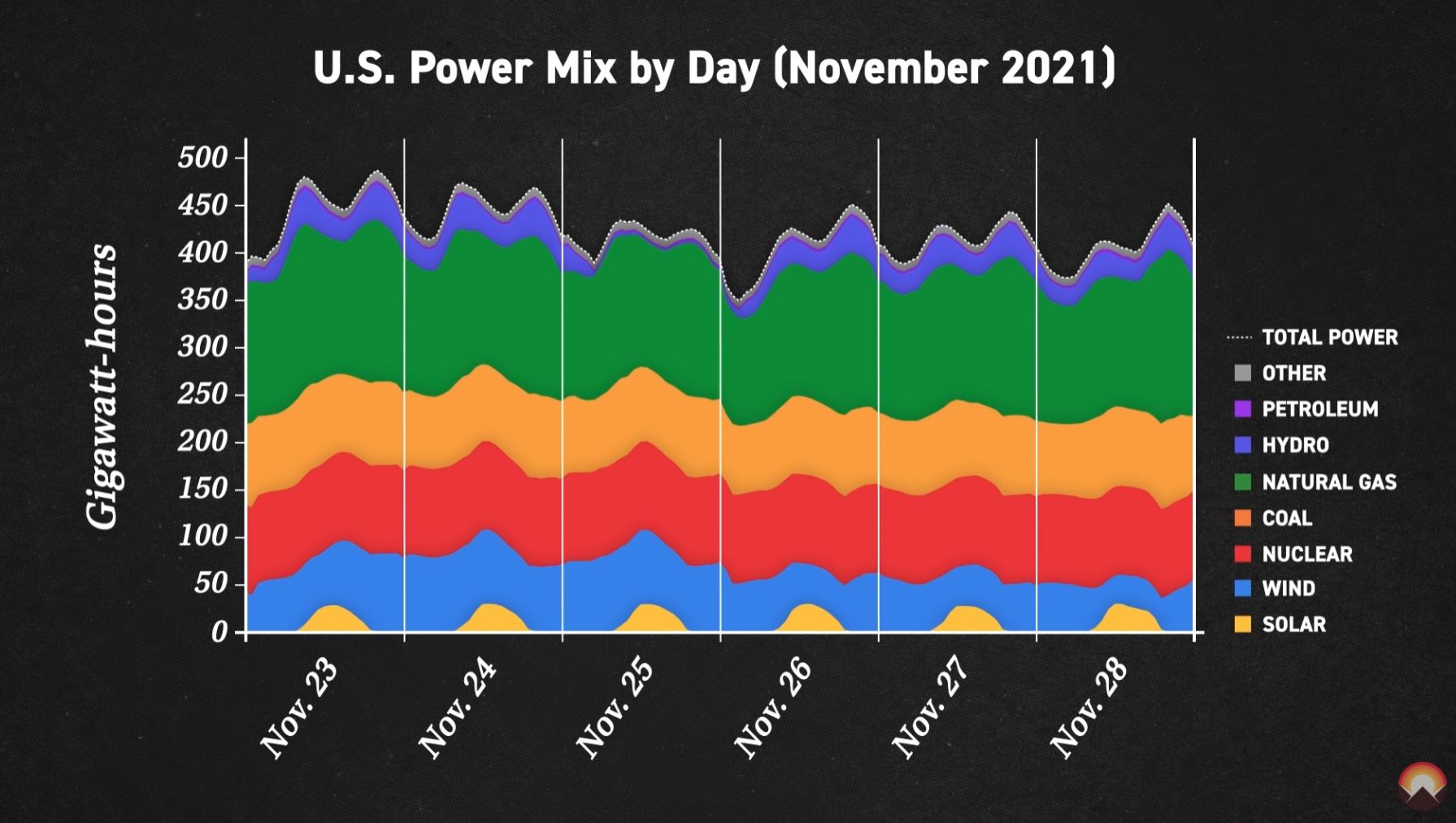Welcome to another Tesla Tuesday!
One of Tesla’s strengths is their battery technology. Companies have tried to make EVs for decades, but batteries were always the sticking point. Now that we have crossed an inflection point with the batteries, the EV revolution has begun. But it turns out that there other great uses for that same battery technology too.
A recent video from Wendover Productions does a great job of explaining the complexities of the electrical grid, but a quick summary is that today even though we have more renewable energy in use, things like wind and solar rely on natural phenomenon and make it difficult to match demand. So we rely on fossil fuel “peaker plants” that fire up quickly when demand is high. A more ideal solution would be to store energy, but that’s a challenge. This is where Tesla comes in.

Tesla provides a solution called “Megapacks“. These are effectively giant installations of their batteries that act as buffer for the electrical grid. Some of their installations provide over 1 GWh which is enough to power all the homes in San Francisco for 6 hours. So these projects aren’t generally going to power an entire city by themselves, but used in conjunction with other types of power, it can be that extra buffer under heavy load or when a natural disaster hits.
It doesn’t stop with giant installations though. Every time the power flickers at my house, I wish I had a Tesla PowerWall. These batteries sit on the wall of your house and are generally used in conjunction with a solar installation on your roof. If you have a lot of people in your area with these batteries, you effectively have a distributed Megapack. So Tesla is getting into the business of providing virtual power plants. Each homeowner can feed small amounts of electricity from their batteries back into the grid and get paid for it.
Electric vehicle batteries last a very long time. One Tesla Model S owner is closing in on 1 million miles with only one battery replacement (covered under warranty). But those batteries do wear out eventually. While they might not be up to the task of charging and discharging every day to move a car around, they’re still great for electrical grid use. There was a recent story about someone taking a battery out of a wrecked Tesla and using it in his house for 4 years.
When I read these stories, it’s hard not to think back to battery powered toys of the 80s. Fresh batteries would go into a tiny little device and wear out seemingly immediately. Dad got good at wiring power adapter jacks into all of our battery powered toys to avoid endlessly buying new batteries and we got good at figuring out how to adjust the wall wart to produce the right voltage for whatever we were playing with at the time. Battery tech has come so far that we’re now able to power hundreds or thousands of homes with it for hours at a time. it opens up so many interesting opportunities!
